We’re thrilled to bring you our first guest post for Asexual Awareness Week! We reached out to bloggers who identify somewhere on the asexual spectrum to write posts related to asexuality and YA. Check back every day this week for more posts from other great guest bloggers!
by Teresa Santos
How many mainstream YA books have you read with canon openly asexual characters? None? Don’t worry, you won’t be the only one. After all, the number of such books is a shiny, round zero.
But, you might say, what about Liraz in Daughter of Smoke and Bone? What of Raphael in The Bane Chronicles? Or Charlie Weasley in Harry Potter? Or, you may add, Katniss Everdeen in The Hunger Games, and the Hunters of Artemis in Percy Jackson and Heroes of Olympus?
Well, those would probably be headcanons. Saying that Liraz wears “asexual armour” doesn’t quite strike me as clearly saying she is asexual. Raphael, well, Cassandra Clare only said he was asexual in a tweet and not everybody follows an author’s twitter account religiously. And while I would agree that Charlie and Katniss read as being in the asexual spectrum, it’s not written down word by word. Besides, Charlie is a secondary character, and people often overlook Katniss’s discomfort with relationships in favour of “the love triangle” side plot. As for the Hunters, their oath reads “I turn my back on the company of men.” It does not say “I am asexual” or even “not heterosexual.” So they may not help that much in raising awareness.
Yes, there are a handful of other YA books featuring asexual characters, but, to my knowledge, none of them are mainstream. When libraries and bookshops in big and small towns are mostly populated by books they’re sure to sell, when people will rush to buy the “book version” of the most recent YA film adaptation, when everyone wants to read that book people won’t stop talking about, there’s very little time or space left to read non-mainstream books for the majority of people. And if there are no asexual protagonists there then…well, there’s nearly no visibility impact. And visibility is something asexuality sorely needs.
After all, relatively few people know it exists, including teenagers.
Being a teenager is never easy. Now imagine that, on top of all changes that come at such an age, your friends’ behaviours towards their crushes are puzzling, that you’re not shying from your “first time” because you’re not ready but because you have never wanted to do it, that you don’t understand the point of sexual jokes, maybe even that you’re the only one who finds the whole ordeal nauseating. Now imagine that books, the one place where you found refuge since childhood, won’t show you someone brave, witty, and friendly who doesn’t feel sexual and/or romantic attraction. Someone like you. Imagine that every book you read tells you that “love will win all,” “there’s nothing like being in love,” “everyone finds the one,” and so on.
Imagine that the whole world expects you to be something you’re not, something you could never be, and you don’t know why you’re so different. Because you don’t know of anyone, of any character quite like you, because speaking out your feelings might lead to ridicule.
Homosexual teens have YA books to turn to, to rely on when the world chooses to be unkind. Asexual teens have, well, nothing.
Can you imagine how lonely that feels? How broken one starts to think oneself to be? Having been there myself I can assure you it’s not easy. As an aromantic asexual, reading stories where the protagonist saved the world without once caring for non-platonic relationships would have made it all the more bearable. Even if others still thought me a freak, I would know I wasn’t. It would have meant the world.
By having asexual characters in mainstream books, books which might even be turned into films in the current YA Hollywood craze, thousands upon thousands of people all over the world would know we exist, teenagers, children, and adults alike. Surely hundreds of them would finally see their reflection and know it is okay to stop pretending. Because there are plenty of others like them out there. Others who live happy lives without sexual and/or romantic relationships. Perhaps that would give them hope too.
Otherwise, asexual teenagers who don’t know asexuality exists will trod on doing whatever they can to fit in, only to feel more broken with each lie they speak.
It’s high time we stop this from happening. Asexuality awareness has been growing exponentially, but there is still a lot of work to be done and a lot of people to reach. With NaNoWriMo just around the corner, it sounds like a great opportunity to sharpen pencils and start scribbling. I’ll keep you company. Shall we go save some lives?
—
Teresa Santos is a biologist, a writer in the making, and an aromantic asexual. When she isn’t busy eating chocolate or trying to catch up on reading, she can be found prowling Twitter @tessalsantos or babbling about books, photography and whatever tickles her fancy at http://tessellatedtales.wordpress.com/. Approach with caution to avoid second-hand embarrassment for she is prone to geeking out and singing in the middle of the street.
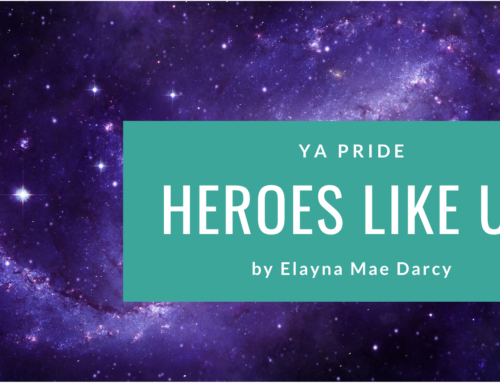
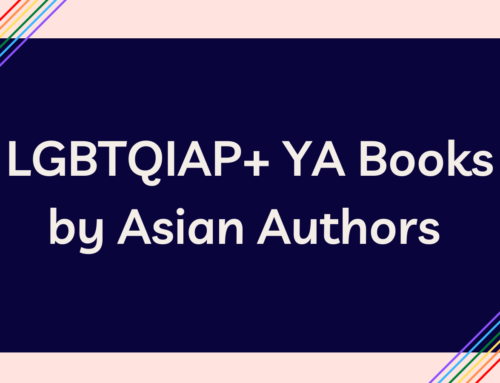
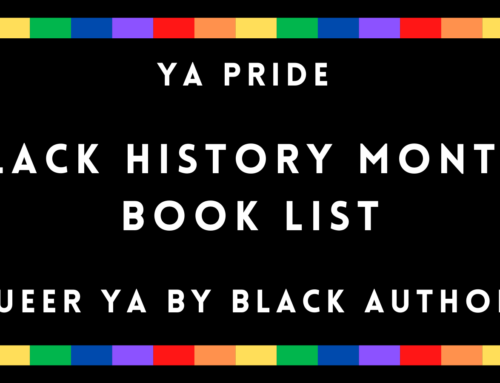
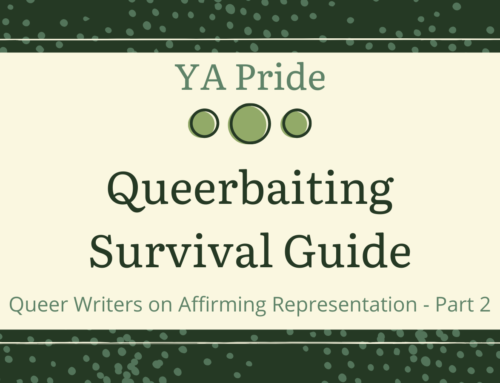
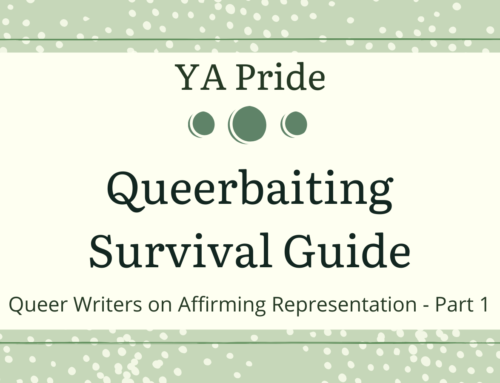
For an example of asexuality/aromanticism in mainstream YA that I’d be interested in hearing folks’ take on, the titular character in Clariel (Garth Nix, 2014) seems to fit the bill — At least, that’s how I read her. One of her relatives is also portrayed aromatically, though she’s only referred to.
Yeah, I’ve heard from a number of people that she definitely fits (I haven’t personally read it)! But I think, again, it’s another case where it’s never really confirmed or talked about.
[…] You can find the series here […]
[…] I could go on about this for ages. Instead, I’ll nudge you to this post, where I tackle the need for asexual characters in mainstream YA books, and to the rest of […]